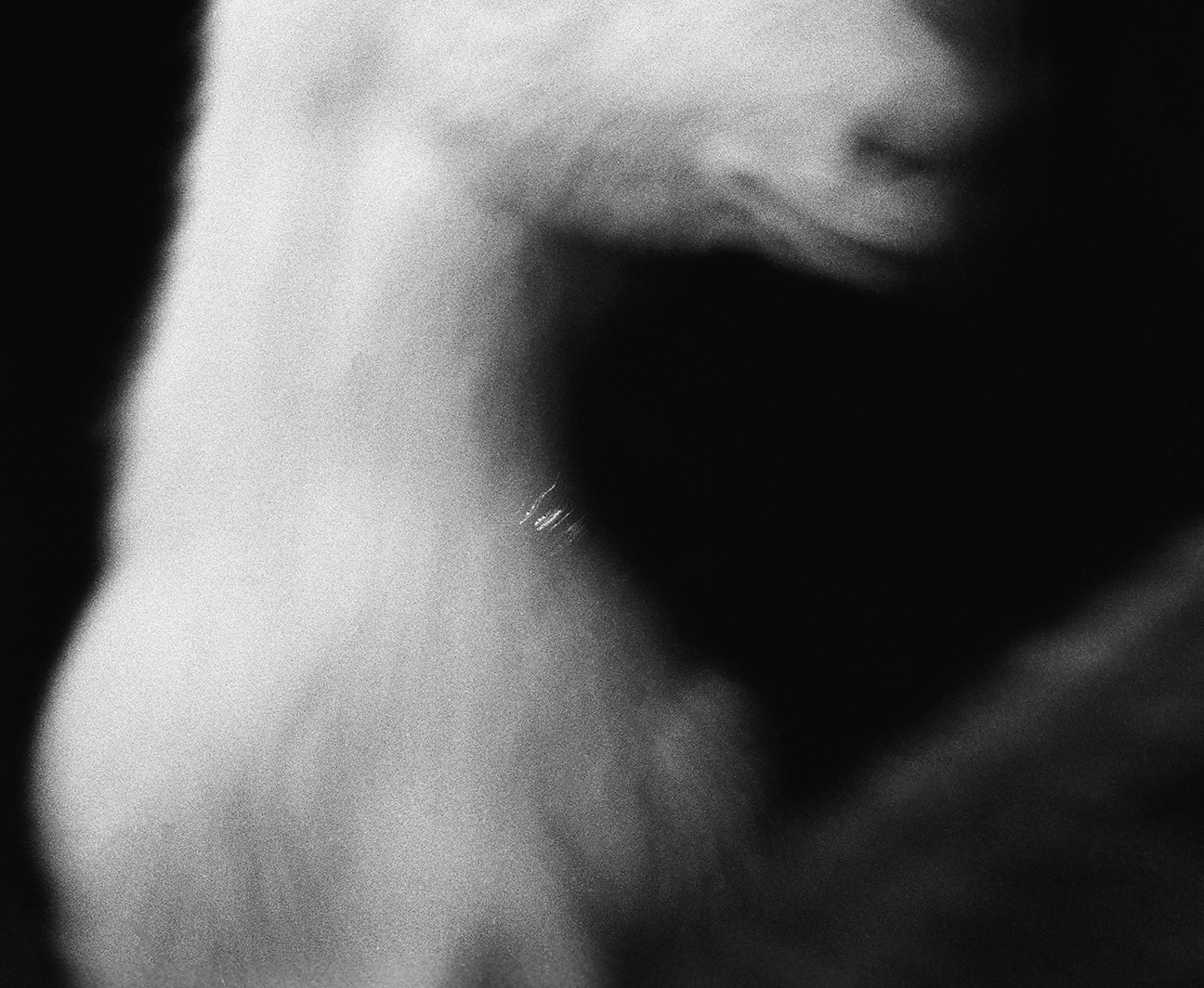I often wonder what to do with scratch marks and various other dots and spots that I have been finding when sorting out emulsion-coated negatives. Whether in the early stages of film development or later on, after many years, when I look through photographs and other materials for printing, I see that some of them have acquired “new aspects” in their layout and composition.

Traces we leave behind, signs of various relocations, moving and transporting things in and out of cars and trucks, all those activities in our lives leave some unwanted marks and damage on objects that we love and cherish.
This is also the case with photographic emulsion, so even if we are very careful when developing a photographic film and keeping it safe, there are always some traces, a cut or a scratch that stays on the film.
Of course, I am well aware that, at least speaking of photography, such “unwanted” elements can be removed; however, sometimes I find some traces and marks that have such curious shape or interesting position within the composition of the picture that I do not want to remove them.

No matter how hard we try to keep safe the valuables we have, there are traces of time and use that stay on those things forever. Driven by some unknown desire, pondering what to do in such situations, I decided not to eliminate these new features straight away. I started thinking about these newly discovered qualities of my photographs, determining whether they fit into the narrative and the composition of the picture, and to what extent.
Oftentimes, these unwanted cuts and scratches are evidence of time, the work we do, our habits and mistakes we make, which we are maybe not proud of, but had we not made such mistakes we would have never become the persons that we are now. As naive as it may sound, accidental circumstances that resulted in scratch marks and other unplanned artifacts can provide possibilities for new and more elaborate interpretations of a picture already known to us.
We should be very careful in the treatment of photographic films, because this work requires much patience and readiness to perceive new moments/circumstances. We should always remember that the value of these traces on the photographic film lies in their enchantment and the accidental way in which they came to be.